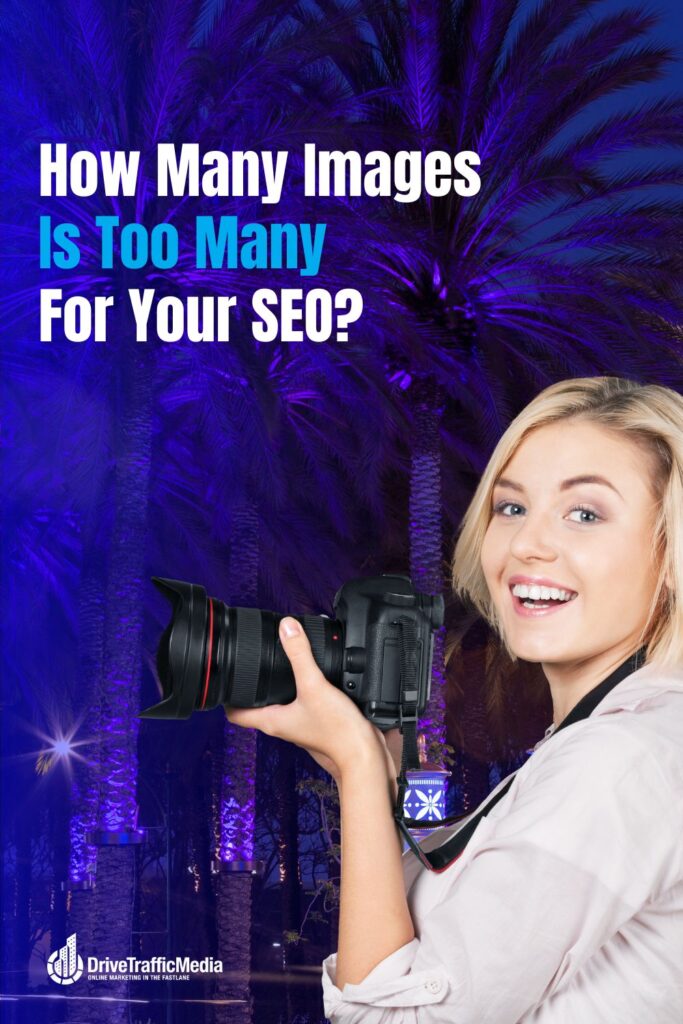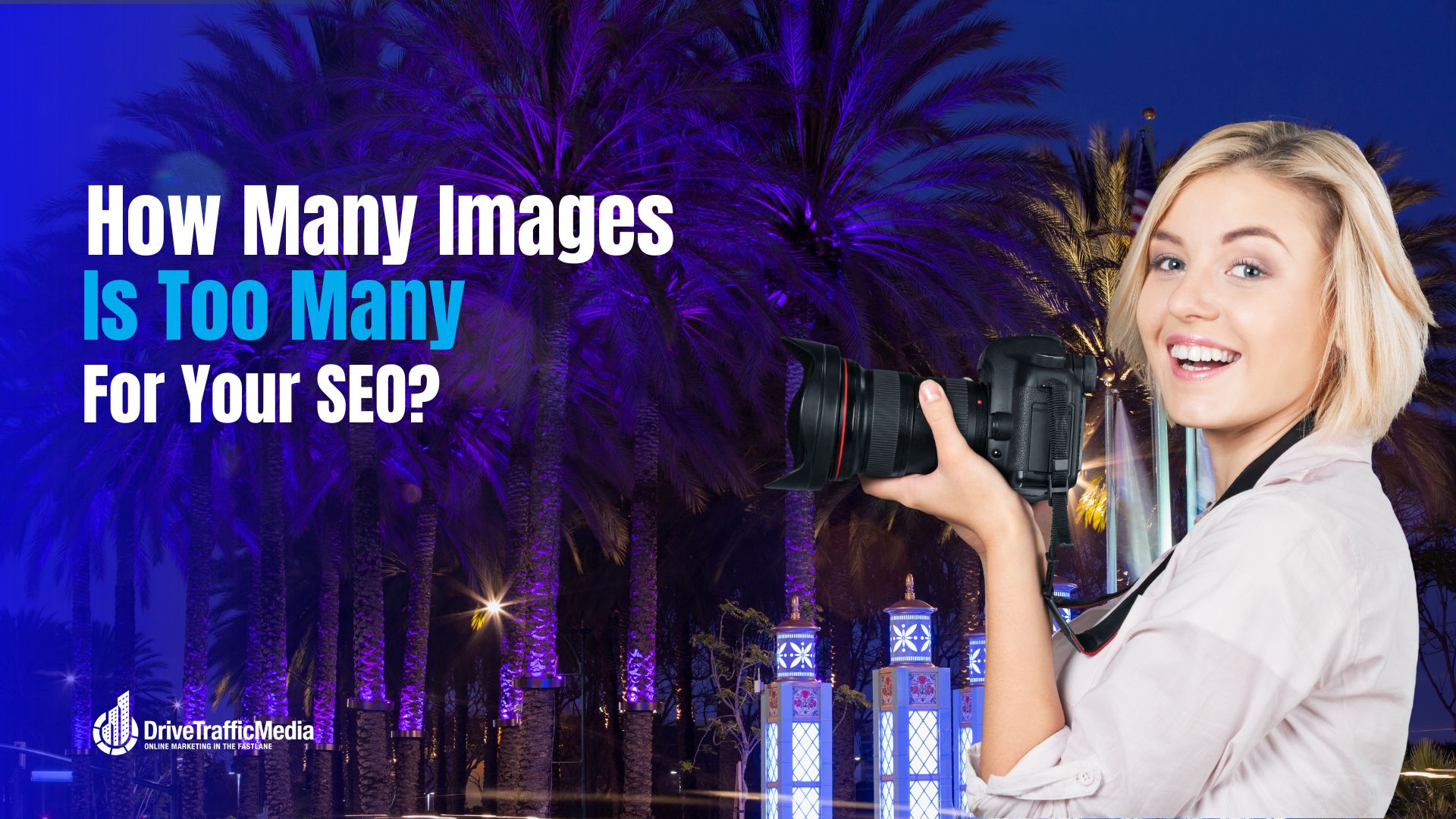One aspect of Anaheim web design that captures the customer’s eye instantly is imagery. If your site has beautiful and high-quality photos of your products or services, you’re more likely to intrigue your customers. Obviously, you want this to happen, as it will lead to higher conversion rates!
Now, when people see things that work (i.e., using pictures on their site), they might be tempted to go a little overboard. They add a ton of pictures, so their website ends up looking like a flashy billboard in Las Vegas, and their content gets lost in the mix.
Then, you’ve got people who are too minimalistic. They want to go the edgy, our-products-speak-for-itself route that relies on talking. And while minimalism is all the rage, sometimes it just gets too boring, you know?

So, in this article, we’ll be tackling just how many images is the right number of images for your website.
How Do Images Affect Loading Speeds?
Pictures are like pets or children—they require a lot of responsibility. They use up more data and storage than regular text, which is why word documents with pictures often end up being larger than documents without. And if you’re using high-quality images, the size is undoubtedly going to get much larger.
This will take a toll on your page loading speed. The more images you have, the longer your page loading speed will be. And the longer your page loading speed is, the thinner your customers’ patience will be. In this day and age, where people want instant gratification, waiting for a website to load when there are a ton of other businesses out there that can load faster is a huge no-no.
Indeed, this is the reason Google actively ranks sites with faster loading speeds higher than slower ones—slow loading speeds do affect the quality of user experience. So, if your images are affecting your site’s ability to load promptly, then you need to fix that pronto.
How Do Images Affect Aesthetic?
Have you ever been in a bookstore, browsing through a selection of books by skimming the pages and judging books by their cover? Websites are like that too. Viewers click on a website, skim through the content, and judge the site’s web design. When people are faced with two choices—a website with minimal imagery and a website with engaging imagery—it’s pretty clear which one will be most preferred.
The quality of your content will not matter much, either. You could have the best content out there on your website, but that’ll be all moot because most people would not want to read long blocks of text with no images interspersing them. Even Wikipedia, the largest online encyclopedia, has images all over its articles!
Pictures do matter for aesthetic purposes. They may not directly affect your rankings on Google as page loading speed does, but they will most likely affect your bounce rates, which then directly affect your rankings. The fewer images you have, the more bored your viewers will be.
What is Our Verdict?
To conclude, there’s nothing really wrong with having many images, per se. If you can find a way to fit a ton of images without affecting your page loading speed, then everything is A-OK! This can be accomplished by using image optimization techniques like compressing images.
However, if you find that your website is looking very clunky and loading pretty slowly even with these techniques, then it might be time to reel the images in. Your website might look extra pretty with all that imagery, but it’s not going to matter if people won’t want to wait for it to load entirely. Remember, even a second more of waiting can affect your website’s bounce rate.
On the other hand, having barely any pictures on your website might be worse than having too many images. Nothing is enticing about it. How do you expect your customers to ooh and ahh over your products, services, and content if they don’t even know what they look like? It’s like asking your professor to give your paper a high grade without actually submitting it.
At the very minimum, you need high-quality images for all your products and variations. Incorporating images into your calls to action is also highly recommended, as well as adding decorative images to your content writing.
What is the Right Balance for You?
Of course, striking the right balance between too many and too few is entirely up to you and the needs of your business. If you provide loans, for example, you won’t really need a ton of images. Loans aren’t tangible things in the first place, so there’s no point in adding a ton of images that won’t do anything besides take up space.
Whereas if you sold things like clothes, toys, food, school supplies, or any other items that are judged heavily on appearance, you’d definitely need more pictures. This is especially true if you have a ton of products to choose from as well. You need to allow your customers to window shop through your store by having pictures to browse through.
So, you need to think a lot about the type of products and services you offer before adding images to your Anaheim web design.
Conclusion
If you’re having problems finding the perfect balance for your web design, then why not let the experts take over? Drive Traffic Media is a web design company in Anaheim that has years of experience under its belt. From minimal images to plenty of images, we can do it all for you!
Please contact us today at (949) 800-6990 or visit our website for more information about our services.
